Cinnamon Spice Origin: From Ancient Empires to Your Kitchen Cabinet
Table of Contents
- Introduction
- A Spicy History: How Cinnamon Became a Culinary Legend
- Cinnamon Showdown: Ceylon vs. Cassia
- Where Does Cinnamon Come From? A Global Journey
- Sweet or Savory? The Many Uses of Cinnamon
- Buying & Storing Tips for the Perfect Pinch
- What’s Next for This Timeless Spice?
- Conclusion
Introduction
Imagine life without cinnamon—no pumpkin spice lattes, no warm apple pies, no cinnamon rolls dripping with icing. Scary thought, right? But where did this beloved spice come from? You might be surprised to learn that cinnamon has a history more dramatic than most Netflix series.

A Spicy History: How Cinnamon Became a Culinary Legend
Cinnamon wasn't just a flavor—it was power. Ancient Egyptians used it in embalming, while Romans burned it during funerals as a symbol of status. By 2000 BCE, traders were already shipping cinnamon from Sri Lanka across oceans and deserts, often hiding its source to keep prices sky-high.
Fast forward to the Age of Exploration: European powers fought bloody wars over spices like cinnamon, cloves, and nutmeg. Yep, people killed for cinnamon!

Cinnamon Showdown: Ceylon vs. Cassia
Not all cinnamon is created equal. In fact, there are two main types you’ll find today:
| Type | Origin | Taste | Coumarin Level |
|---|---|---|---|
| Ceylon Cinnamon | Sri Lanka, Madagascar | Mild, citrusy, delicate | Low (safe for regular use) |
| Cassia Cinnamon | China, Indonesia, Vietnam | Strong, spicy, intense | High (limit consumption) |
Pro Tip: If you're buying “cinnamon” in most U.S. grocery stores, chances are you’re getting Cassia. Want the real deal? Look for “Ceylon cinnamon” labels.

Where Does Cinnamon Come From? A Global Journey
Cinnamon isn’t grown just anywhere—it needs tropical climates with plenty of rain and humidity. Here's a quick peek at the top cinnamon-producing regions:
- Sri Lanka: The original home of Ceylon cinnamon, still leading global production.
- Indonesia: Top producer of Cassia cinnamon, especially from Sumatra.
- Madagascar: Emerging player known for high-quality Ceylon.
- Brazil & Caribbean Islands: Smaller producers but gaining attention for unique flavor profiles.
Cinnamon comes from the inner bark of trees from the Cinnamomum genus. Once harvested, the bark is dried and either sold as sticks or ground into powder.
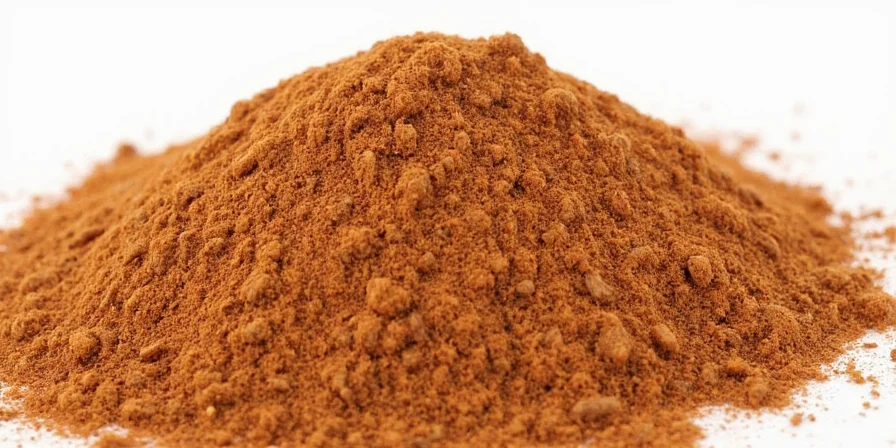
Sweet or Savory? The Many Uses of Cinnamon
Whether you're baking or spicing up your dinner, cinnamon can do more than you think:
- Add to oatmeal or smoothies for a natural sweet boost.
- Mix into chili or mole sauce for a surprising depth of flavor.
- Infuse in milk or coffee for an aromatic twist.
- Use in homemade spice blends like garam masala or pumpkin pie spice.
Pro Tip: Use Ceylon for desserts and lighter dishes, Cassia for heartier, spicier recipes.
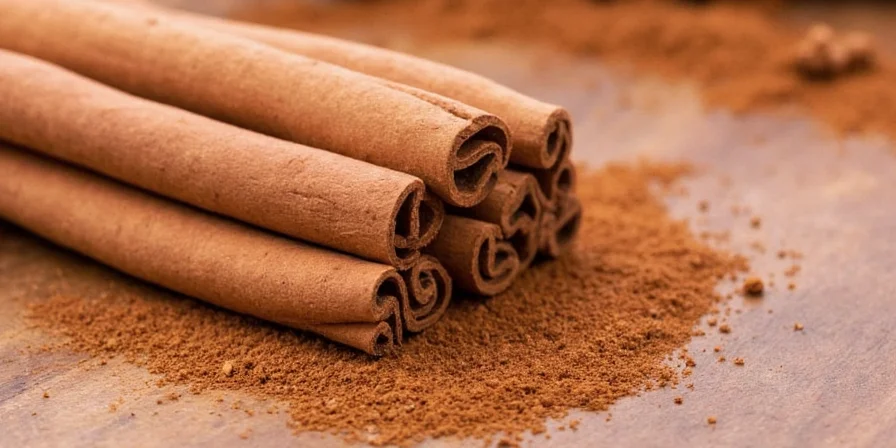
Buying & Storing Tips for the Perfect Pinch
You don’t want to end up with stale, dusty disappointment. Follow these tips:
- Buy whole sticks instead of powder—they last longer and retain flavor better.
- Store in an airtight container away from light and heat.
- Grind fresh when needed using a dedicated spice grinder.
- If buying powder, go for small quantities to ensure freshness.
Fun Fact: Freshly grated Ceylon cinnamon smells like heaven and earth had a baby. Seriously.
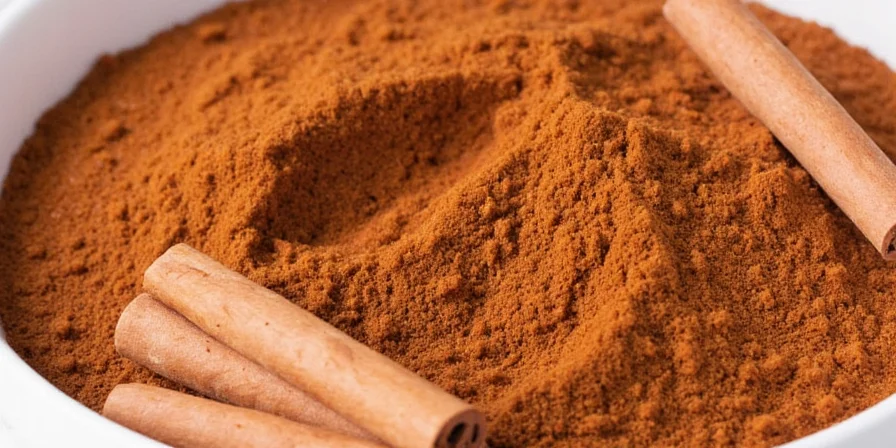
What’s Next for This Timeless Spice?
Cinnamon is having a renaissance—not just in food, but in wellness, cosmetics, and even medicine. Studies suggest it may help regulate blood sugar and fight inflammation. Plus, chefs around the world are rediscovering heirloom varieties and ancient spice routes.
So next time you reach for that jar, remember—you're holding a piece of history, geography, and culinary magic in your hands.
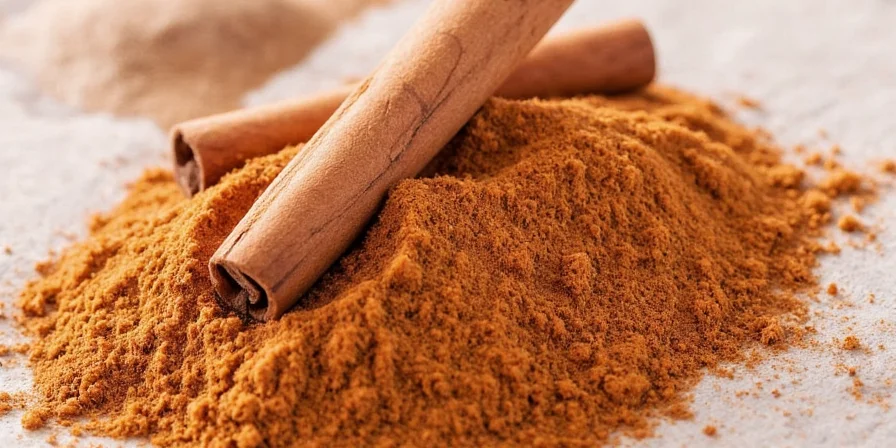
Conclusion
From pharaohs to pastries, cinnamon has traveled the globe—and our taste buds—are forever grateful. Whether you're sipping on chai in India, enjoying cinnamon buns in Sweden, or adding it to your morning smoothie, you're participating in a centuries-old global tradition.
Now that you know where cinnamon comes from, how to pick the good stuff, and what makes each type special, you’re ready to spice up your life—one sprinkle at a time.

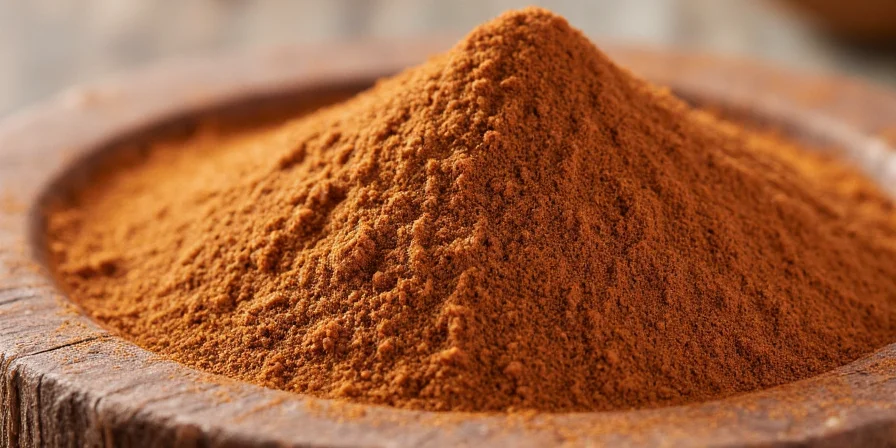









 浙公网安备
33010002000092号
浙公网安备
33010002000092号 浙B2-20120091-4
浙B2-20120091-4